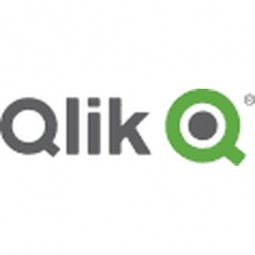Qlik
Case Studies
QlikView turns Bouman GGZ into “clicking” addict
Overview
 |
QlikView turns Bouman GGZ into “clicking” addictQlik |
Analytics & Modeling - Real Time Analytics | |
Healthcare & Hospitals | |
Business Operation Human Resources | |
Predictive Maintenance | |
Data Science Services | |
Operational Impact
| Combined data warehouse and BI in one solution | |
| Removed compartmentalization focus in the organization to create enterprise platform | |
| Relieved the support departments and raised efficiency and productivity | |


